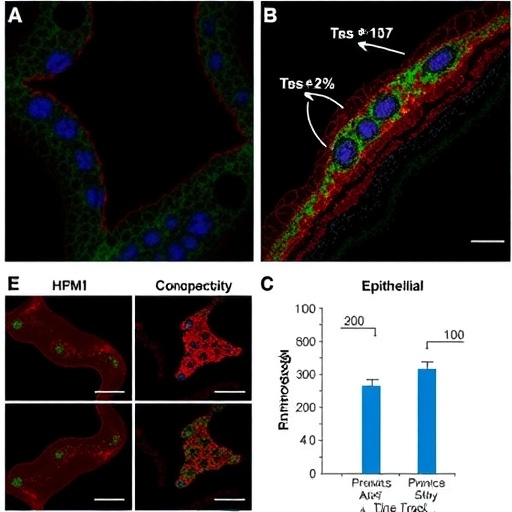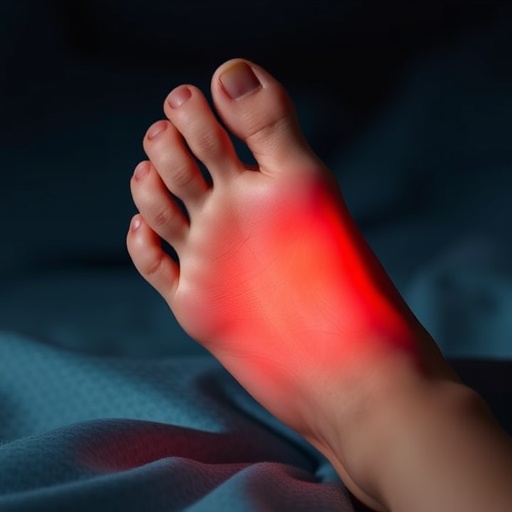Scientists from the University of Bath are challenging the claims of two high profile papers from 2018 which reported that in the mouse, RNA has to be added to sperm for them to be fully fertile. The Bath findings undermine a proposed mechanism of epigenetic inheritance in which offspring inherit traits acquired by their parents.
In double-blind experiments, researchers from the Department of Biology & Biochemistry have shown that healthy mice pups can be born from sperm which haven’t gained short RNA chains as they migrate through the epididymis – a ductular organ in which sperm acquire forward motility after they emerge from the testis.
This contradicts the results of the 2018 papers, which reported that mouse eggs fertilised with sperm taken from the ‘caput’ region of the epididymis – where sperm first enter the epididymis on leaving the testis – would not develop into viable embryos.
The results are published in Developmental Cell.
Lead author Professor Tony Perry said: “When I saw these two papers I just thought ‘this can’t be right’ and with some quite straightforward experiments we have shown that it probably isn’t.
“We have known for years that sperm taken from mouse testis contribute to full-term embryonic development following fertilisation. The 2018 studies proposed that sperm would unaccountably have lost this ability in the caput region of the epididymis but then reacquired it.
“Here we have shown that sperm taken from the caput region of the epididymis can, in fact, support full term development.
The Bath team took sperm from two regions of the epididymis, the caput and the cauda; the cauda region is where sperm are usually taken from mice for in vitro fertilisation, so we know they should work. Eggs were fertilised with the sperm and healthy pups were born from both sperm types (caput and cauda) with no significant difference in the number of pups born, their health, weight or fertility.
Professor Perry added: “Not only does this set the record straight in terms of tallying with well-established developmental biology, but the conclusion of the previous research was that acquired RNA was in some way essential for healthy embryo development – which doesn’t seem to be the case.
“The 2018 papers would have provided one possible mechanism for epigenetic inheritance, but it’s not supported by our data. It’s important to suggest corrections to the record where they come to light, and publish results that fail to replicate so we can build confidence in our view of biology, especially where it has clinical implications, as is the case for epigenetic inheritance.”
###
The research was supported by grants from the Medical Research Council (MRC) and the Biotechnology and Biological Sciences Research Council (BBSRC).
Media Contact
Vicky Just
[email protected]
http://dx.




